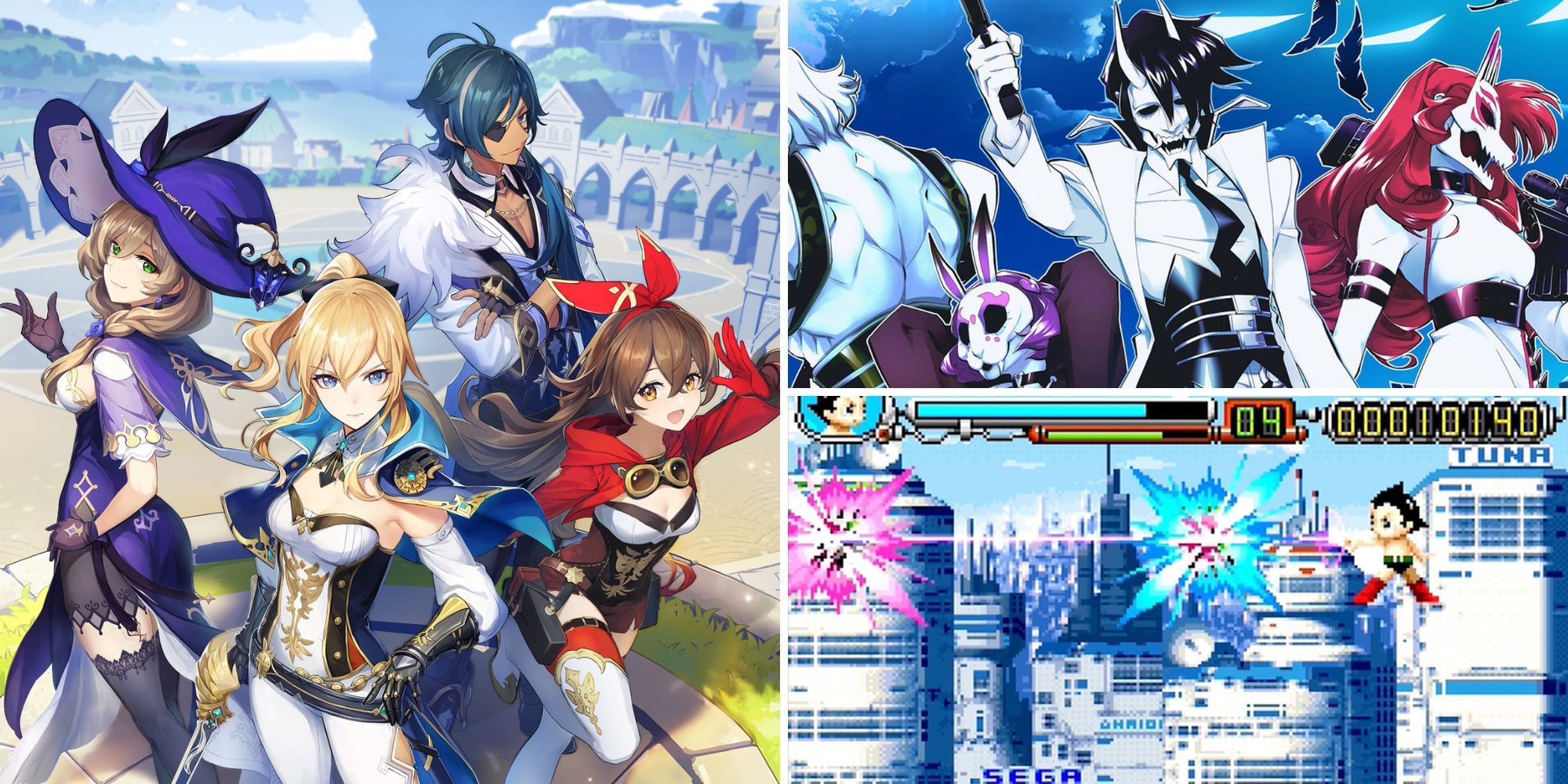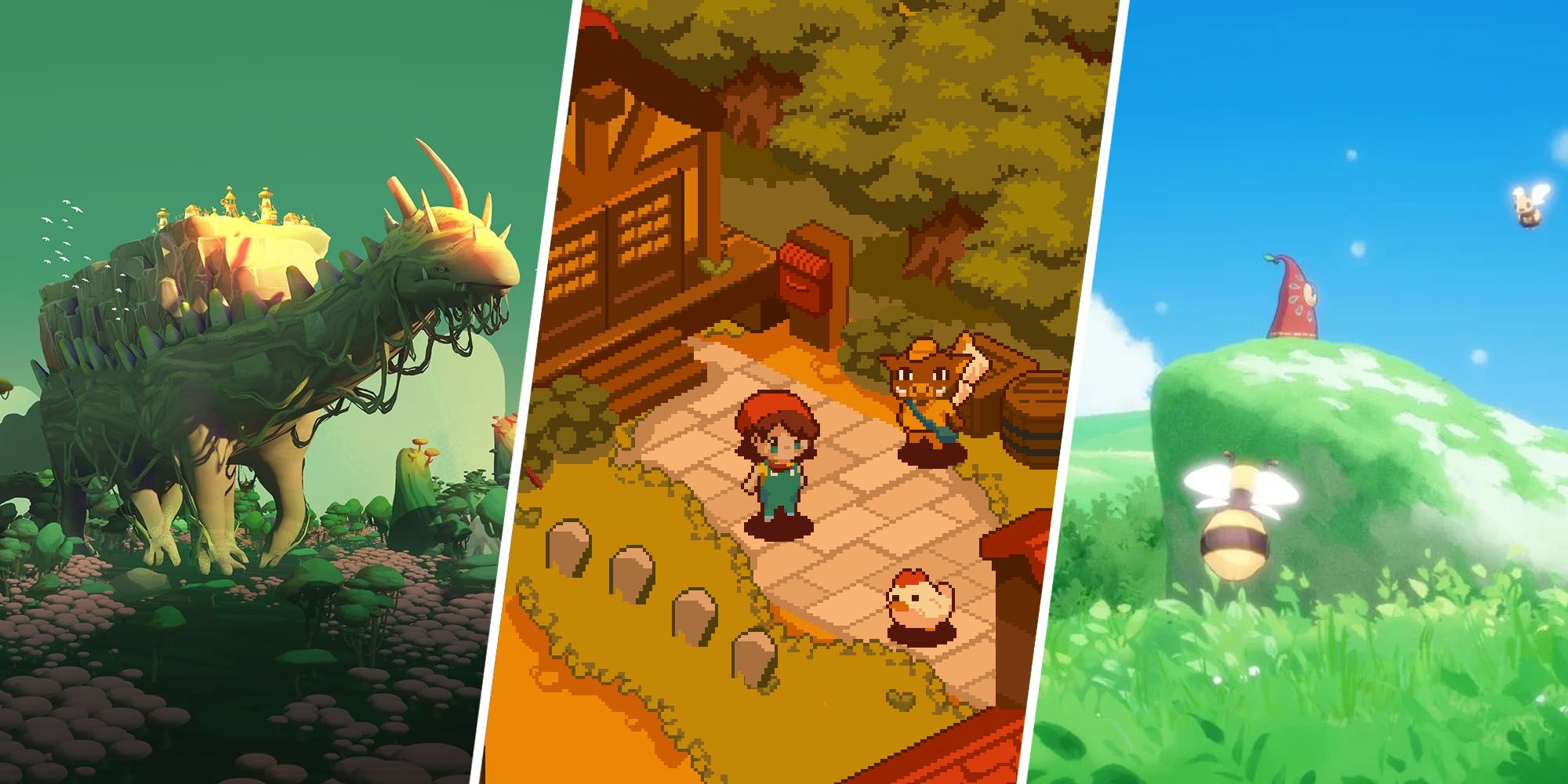
From Pixels to Panels: How Anime Inspires a New Generation of Animation Games
Anime, with its vibrant visuals, captivating stories, and diverse genres, has long held a powerful influence on the world of entertainment. While its impact on traditional animation and film is undeniable, its influence extends far beyond, particularly into the burgeoning world of animation games. These games, distinct from typical video games with anime aesthetics, actively mimic the styles and techniques of anime animation, offering players a uniquely immersive and interactive experience. They’re not just games about anime; they are playable anime.
The animation game genre, still relatively young, is carving out its own identity, blurring the lines between interactive entertainment and traditional animation. These games are not merely about adopting anime character designs or storylines. Instead, they focus on recreating the visual language of anime, from its iconic character expressions and dynamic action sequences to its distinctive use of color palettes and visual effects. This article will explore the core characteristics of anime-inspired animation games, highlight some key examples, and delve into the technologies and artistic philosophies that drive their creation.
Defining the Animation Game: More Than Just Anime Aesthetics
Before diving into specifics, it’s crucial to define what sets animation games apart from standard video games that merely incorporate anime-inspired art styles. Here are some key distinguishing features:
- Emphasis on Visual Style and Animation Techniques: Animation games prioritize replicating the look and feel of anime. This includes not only character designs and environments but also the specific animation techniques used in anime production. Think exaggerated expressions, speed lines, dynamic camera angles, and stylized visual effects like energy bursts and impact frames.
- Frame-by-Frame Animation or Hybrid Approaches: While some animation games utilize traditional 3D models, they often employ frame-by-frame animation or a hybrid approach that combines 3D models with 2D animation techniques to achieve the desired anime aesthetic. This can involve hand-drawn keyframes, motion capture data manipulated to mimic anime movement, or custom shaders that emulate the look of cel shading.
- Narrative Focus and Character Development: Similar to many anime series, animation games often emphasize narrative depth and character development. They typically feature compelling storylines, memorable characters with distinct personalities, and emotional arcs that resonate with players.
- Interactive Storytelling and Player Agency: Animation games often provide players with meaningful choices that influence the narrative and character relationships. This interactivity allows players to actively participate in the story and shape the outcome, blurring the line between watching anime and playing a game.
- A Deep Understanding and Respect for Anime Culture: Successful animation games are created by developers who genuinely understand and appreciate anime culture. This understanding translates into authentic character portrayals, faithful recreations of anime tropes, and a general commitment to capturing the spirit of the source material.
Key Examples of Anime-Inspired Animation Games:
Several games have successfully captured the essence of anime animation, showcasing the potential of this emerging genre. Here are a few notable examples:
- Guilty Gear Strive: This fighting game series has long been praised for its stunning visuals, but Guilty Gear Strive takes it to a new level. The game uses a custom engine and a combination of 3D models and hand-drawn textures to create the illusion of a hand-drawn anime. The character animation is incredibly fluid and dynamic, capturing the energy and impact of classic anime fight scenes. The camera work is also highly stylized, using dynamic angles and close-ups to accentuate the action.
- Dragon Ball FighterZ: Developed by Arc System Works, the same studio behind Guilty Gear Strive, Dragon Ball FighterZ is a love letter to the Dragon Ball anime franchise. The game’s visuals are remarkably faithful to the source material, with characters and environments that look like they were pulled directly from the anime. The game’s use of cel shading, dynamic camera angles, and over-the-top special effects perfectly captures the energy and excitement of Dragon Ball battles.
- Persona Series: While technically JRPGs, the Persona games, particularly Persona 5, are heavily influenced by anime aesthetics. The game’s stylish user interface, character designs, and overall presentation are reminiscent of modern anime series. The game’s cutscenes are often animated in a similar style to anime, further blurring the line between game and animation.
- Code Vein: This action RPG draws heavily from anime aesthetics, particularly in its character designs and overall visual style. While the gameplay is more akin to Dark Souls, the game’s presentation, story, and character interactions are strongly influenced by anime tropes and narrative conventions.
- Indie Gems: Beyond AAA titles, a wealth of indie animation games are pushing the boundaries of the genre. Games like Cris Tales, with its hand-drawn art style and time-bending mechanics, and Sakuna: Of Rice and Ruin, which blends side-scrolling action with farming simulation, showcase the diversity and creativity within the indie animation game scene.
The Technology and Artistry Behind the Magic:
Creating animation games that faithfully recreate the look and feel of anime requires a combination of advanced technology and artistic skill. Here are some key elements:
- Custom Game Engines and Tools: Many developers create custom game engines or modify existing ones to better suit the needs of animation games. These engines often include specialized tools for creating and manipulating 2D and 3D animation, as well as custom shaders that can emulate the look of cel shading and other anime-specific visual effects.
- Cel Shading and Shaders: Cel shading is a rendering technique that creates the illusion of flat, cartoon-like shading. In animation games, cel shading is often used to mimic the look of hand-drawn animation. Developers often create custom shaders that enhance the cel shading effect, adding details like outlines, highlights, and shadows to create a more convincing anime aesthetic.
- Motion Capture and Animation Rigging: Motion capture technology is often used to capture the movements of actors, which are then applied to 3D character models. However, in animation games, motion capture data is often heavily modified to exaggerate movements and create the stylized poses and gestures that are characteristic of anime. Animation rigging, the process of creating a digital skeleton for a 3D model, is also crucial for achieving fluid and expressive character animation.
- Frame-by-Frame Animation: While 3D models are often used as a base, many animation games incorporate frame-by-frame animation to add detail and personality to character movements. This can involve hand-drawing keyframes and then interpolating between them to create the final animation.
- Art Direction and Visual Design: Ultimately, the success of an animation game depends on the skill of the art director and visual designers. They are responsible for creating the overall visual style of the game, choosing the right color palettes, designing the characters and environments, and ensuring that everything works together to create a cohesive and visually appealing experience.
The Future of Animation Games:
The animation game genre is still in its early stages, but it has the potential to revolutionize the way we experience anime. As technology continues to advance and developers become more skilled at replicating the visual language of anime, we can expect to see even more impressive and immersive animation games in the future.
Here are some potential future trends:
- Integration of AI and Machine Learning: AI and machine learning could be used to automate some of the more tedious aspects of animation, such as in-betweening and cleanup. AI could also be used to generate dynamic animations based on player input, creating a more personalized and interactive experience.
- Virtual Reality and Augmented Reality: VR and AR could provide new ways to experience animation games, allowing players to step into the world of their favorite anime and interact with characters and environments in a more immersive way.
- Cross-Platform Development: As game engines become more versatile, we can expect to see more animation games that are playable across multiple platforms, including PC, consoles, and mobile devices.
- Collaboration Between Game Developers and Anime Studios: A deeper collaboration between game developers and anime studios could lead to even more authentic and faithful adaptations of anime series into interactive experiences.
In conclusion, animation games represent a fascinating intersection of two powerful art forms. By blending the interactivity of video games with the visual style and storytelling of anime, these games offer a unique and compelling entertainment experience. As the genre continues to evolve, we can expect to see even more innovative and visually stunning animation games that push the boundaries of what’s possible in interactive entertainment. The future of animation games is bright, promising a new era where players don’t just watch anime; they live it.

